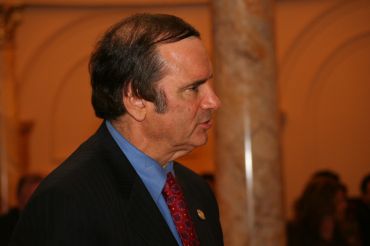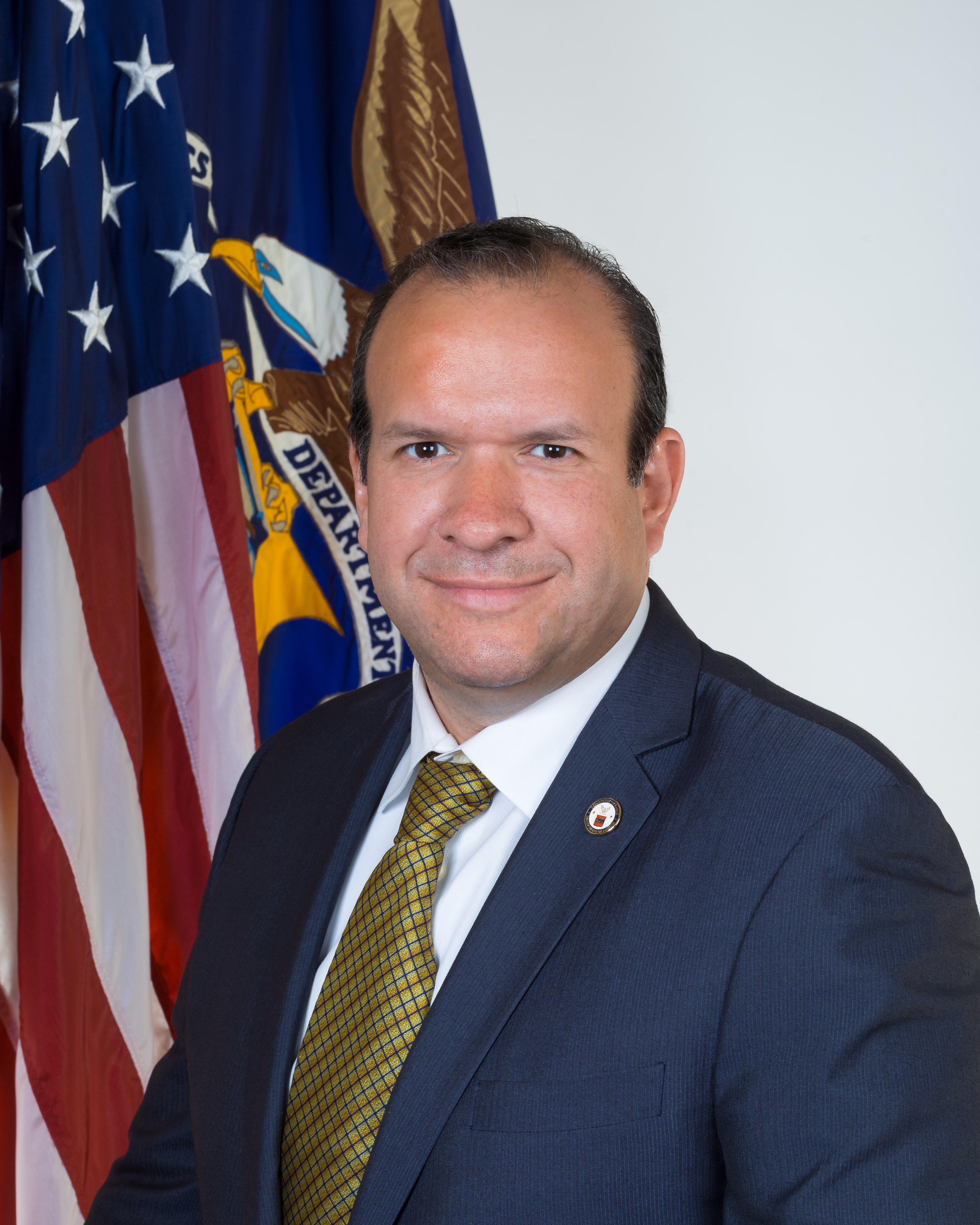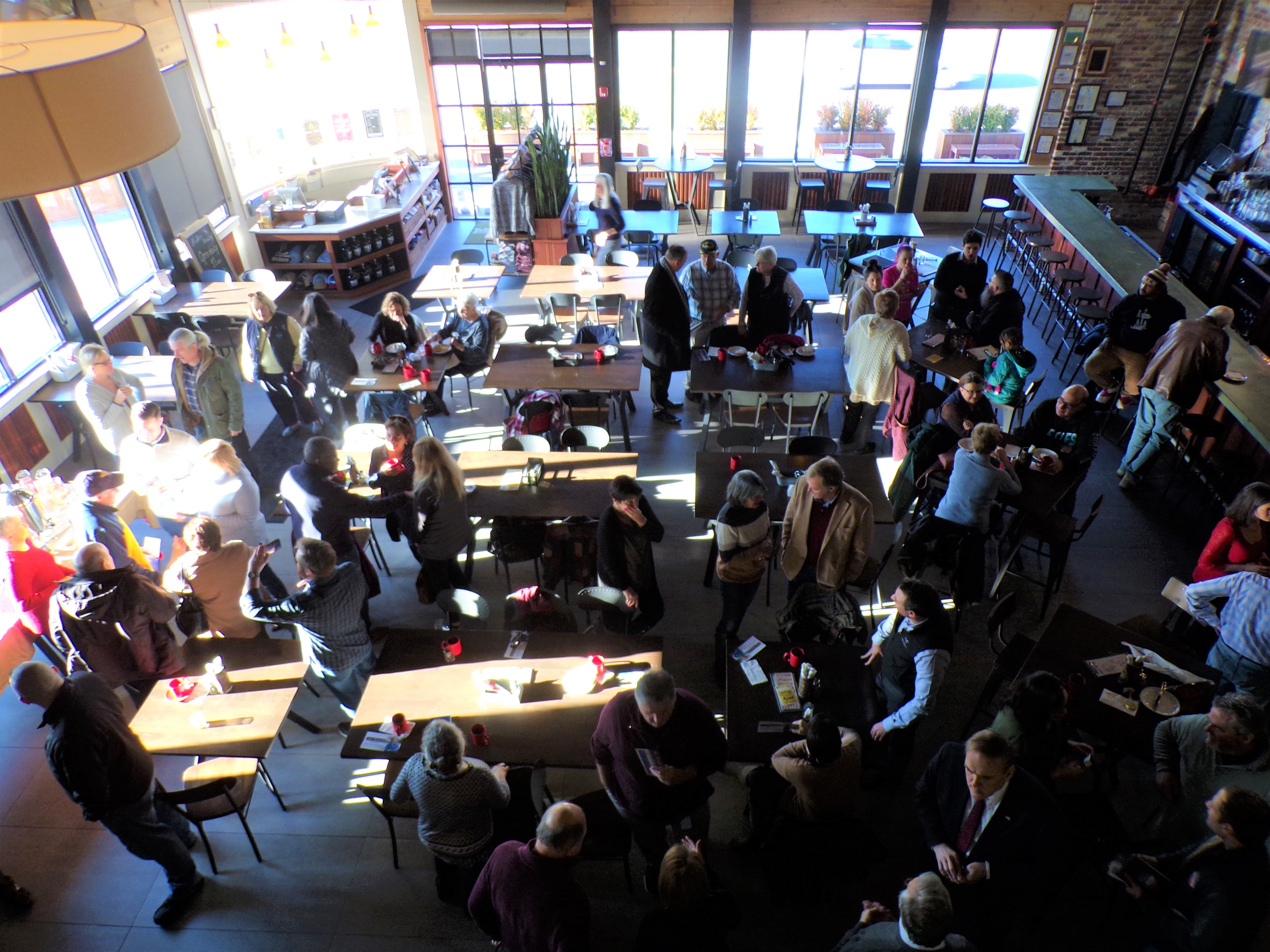Newton, officially the Town of Newton, is an incorporated municipality located in Sussex County, New Jersey, United States. It is situated approximately 60 miles (97 km) by road northwest of New York City. It is one of fifteen municipalities in the state organized as a town, and the municipal government operates under a council-manager structure provided by the Faulkner Act, or Optional Municipal Charter Law. As the location of the county’s administrative offices and court system, Newton is the county seat of Sussex County.
Newton was incorporated by an act of the New Jersey Legislature on April 11, 1864, from portions of Newton Township, which was also partitioned to create Andover Township and Hampton Township, and was then dissolved. Additional land was acquired from Andover Township in 1869 and 1927, and from Fredon Township in 1920.
As of the 2010 United States Census, the town’s population was 7,997, reflecting a decline of 247 (-3.0%) from the 8,244 counted in the 2000 Census, which had in turn increased by 723 (+9.6%) from the 7,521 counted in the 1990 Census.
As of the 2010 United States Census, there were 7,997 people, 3,170 households, and 1,841.770 families residing in the town. The population density was 2,542.2 per square mile (981.5/km2). There were 3,479 housing units at an average density of 1,106.0 per square mile (427.0/km2). The racial makeup of the town was 85.04% (6,801) White, 4.88% (390) Black or African American, 0.49% (39) Native American, 2.98% (238) Asian, 0.05% (4) Pacific Islander, 4.34% (347) from other races, and 2.23% (178) from two or more races. Hispanic or Latino of any race were 12.34% (987) of the population.
Newton is located near the headwaters of the east branch of the Paulins Kill, a 41.6-mile (66.9 km) tributary of the Delaware River. In October 1715, Colonial surveyor Samuel Green plotted a tract of 2,500 acres (1,000 ha) at the head of the Paulins Kill, then known as the Tohokenetcunck River, on behalf of William Penn. This tract, which would not be settled for approximately 30–35 years, was part of the survey and division of the Last Indian Purchase by the West Jersey Board of Proprietors. At the time of Green’s survey, northwestern New Jersey was populated with bands of the Munsee, the northern branch of the Lenni Lenape peoples.
The first recorded settler within the boundaries of present-day Newton was a German Palatine immigrant named Henry Hairlocker who arrived sometime before 1751 when he appears in Morris County records as receiving a tavern license. The Newtown Precinct, a large township, was created in 1751, and Sussex County was created from Morris two years later on June 8, 1753.
In 1762, Jonathan Hampton, of Elizabethtown, surveyed the location for a county courthouse and town green at the intersection of a military supply road he built during the French and Indian War and a major north-south artery called the King’s Highway (present-day New Jersey Route 94). The construction of the courthouse was completed in 1765 and the village that developed around it became known as Sussex Court House. The county courthouse was the site of a raid by British partisan Lieutenant James Moody during the American Revolution.
In 1797, the village’s post office was renamed Newtown and later, in 1825, the spelling was altered to Newton. Newton Township would cede land to create new townships on several occasions in the eighteenth and nineteenth-centuries, until a final division dissolved the township on April 11, 1864, through a legislative act of New Jersey Legislature that created the village of Newton as an incorporated town and two rural townships—Hampton and Andover.
Source: Wikipedia















